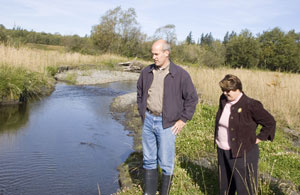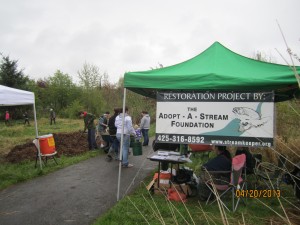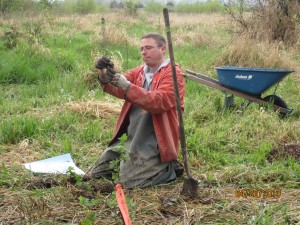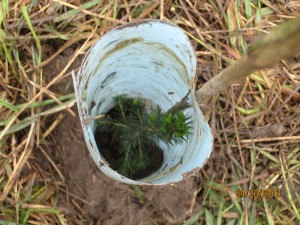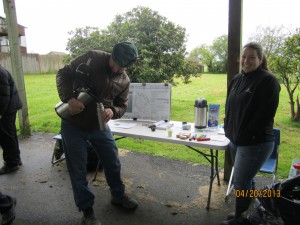Everything You Wanted to Know About Indians
But Were Afraid to Ask
By Anton Treuer
Borealis Books|184pp |$12.59
ISBN: 9780873518611
By Levi Rickert, Native News Network
American Indians are familiar with awkward encounters with non-Natives who sometimes ask strange and embarrassing questions.

Do you simply ignore, laugh or try to forget about
the strange and embarrassing questions?
I once was asked by a high school English teacher if I could come speak to her students about contemporary American Indian literature and if I could come dressed in my costume. I told her I don’t have a costume, but would be happy to wear a bolo tie. Realizing it was an opportunity to educate her, I did take the opportunity to explain to her that what American Indians wear at powwows is called regalia, not costumes.
She called the next day my office to ask my administrative assistant if I was coming because she thought maybe she had offended me. My administrative assistant assured the teacher I would be there.
At the appointed time, I went to the high school wearing a bolo tie and presented a lecture on contemporary American Indian authors before an English literature class.
This encounter happened several years before Anton Treuer, Leech Lake Ojibwe, wrote “Everything You Wanted to Know about Indians but Were Afraid to Ask.” Had it been written then, I would have brought it with me to be part of the mix of what non-Natives should read if they want to learn about American Indians.
“Everything You Wanted to Know about Indians but Were Afraid to Ask” made me think about the incident and about how non-Natives ask us strange questions.
Treuer writes in the book how “a profoundly well-educated Princetonian” asked him:
“Where is your tomahawk? ”
For the most part I think American Indians simply ignore, laugh or try to forget about the strange and embarrassing questions asked by non-Natives.
Treuer, on the other hand, has written an informative book that answers over 100 questions about Indian people, Native culture and belief systems. His answers are on target, well thought out and educational. Sometimes they are laced with Indian humor.
Treuer is the executive director of the American Indian Resource Center at Bemidji State University. He received his undergraduate degree from Princeton University and a master’s of art degree and a PhD from the University of Minnesota.
Treuer is the executive director of the American Indian Resource Center at Bemidji State University. He received his undergraduate degree from Princeton University and a master’s of art degree and a Ph.D. from the University of Minnesota.
In “Everything You Wanted to Know about Indians but Were Afraid to Ask,” he covers a wide range of topics, such as terminology, history, religion, culture, powwows, politics, economics, casinos and education. The book can be read from front to cover or can be read by subject.
The chapter on history is a treat because it presents accurate accounts about Columbus, the first Thanksgiving and real story of Pocahontas that school aged never learn in America about the nation’s first people.
The author of nine books, his “Everything You Wanted to Know about Indians but Were Afraid to Ask” will not disappoint American Indians or non-Natives who want to learn more about American Indians so that they don’t end up asking strange and embarrassing questions.
This book was shared with Native News Network by Chicago’s Saint Kateri Center’s White Cedar Room Library.






